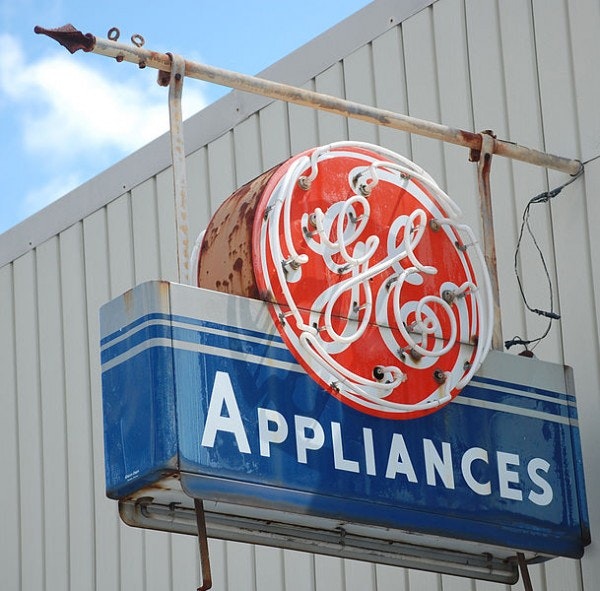France has recently been lauded for new laws set to reduce the amount of light used at night in essentially unoccupied commercial buildings. The move is both a way to save energy and to reduce harmful emissions. It’s a nice idea, but there are better ways to save energy.

The City of Lights
France’s law, set to go into effect at midyear, will require that lights in commercial buildings be turned off at 1am. In office buildings, the lights are to be turned off an hour after the last occupant leaves.
On the surface, these are perfectly fine ideas. Benefits include reduced electricity use, and thus reduced carbon emissions, and less light pollution. Increased crime, one of the principle risks, is supposedly a non-issue, based on academic research. This has led to calls for The United States to follow suit.
Not so Fast
On the surface, there’s nothing particularly wrong with the idea of reducing the use of artificial light at night. That’s particularly true late at night, when few people likely benefit from it. However, passing a law in a single European country is a far cry from getting such a rule to work across all 50 U.S. states.
Indeed, getting such a rule passed would be troublesome, at best. How, for example, does one deal with the difference between a small hamlet in the middle of the country with a few hundred people living in it, and New York City? While that small town may shut by six at night, New York City is always abuzz with activity. One-size-fits-all rules just don’t play well in a country as large as the United States.
Carbon, Carbon Everywhere
You can’t argue with the idea that using less electricity means that less electricity must be generated. This, in turn, helps to reduce carbon emissions. However, big utility companies are already facing a slow growth environment in the United States because of the impact of the 2007 to 2009 recession. If you start turning all of the lights off at night, their demand sinks even more.
Plus, that demand is helping to fill non-peak usage time. So power plants will have to reduce output at night, which could have the side effect of reducing plant efficiency. In the end, such a plan might not be so good for utilities.
Alternatives
Of course, just shutting the lights off is one solution to the issues noted above, but it’s simplistic, and not the only option. LED lighting is a way to save electricity and keep the lights on.
For example, The Port Authority of New York and New Jersey estimates that using LEDs in the Holland Tunnel will save more than $250,000 a year and reduce maintenance costs, because LEDs last longer and emit less heat than either incandescent or florescent lights. Two companies working in this space are Philips Electronics and General Electric Company (NYSE:GE), both of which have large lighting segments.
Philips gets notable public relations marks for lighting the Times Square Ball on New Year’s Eve. It claims that its LUXEON LED bulbs used use 80% less energy than a traditional bulb.
Philips North American CEO recently told Bloomberg that he expects LED sales to grow 40% in 2013. The products made up 25% of the company’s lighting sales last year, but he believes they will hit 50% of sales by 2015. The lighting division made up about 30% of the company’s top line in 2012, second only to its healthcare division. That means that Philips top line will be notably impacted by the LED shift.
General Electric Company (NYSE:GE), meanwhile, has scored notable LED sales have from far off lands like Indonesia, Hungary, and Malaysia. Closer to home, the Borough of Tarentum in Pennsylvania (population 4,500) is converting 100% of its streetlighting to GE systems, saving up to $40,000 a year.
In 2010, GE’s LED sales accounted for just 10% of the lighting divisions sales. The Lighting Division’s CEO told Bloomberg at that time that he expected LED bulbs to make up 75% of the divisions top line within 10 years. The division is part of the GE’s Home & Business Solutions segment, which contributes some $8 billion to the company’s $147 billion top line. According GE Lighting’s web site, the lighting company is a $3 billion business. Small compared to GE overall, but still a notable business.
A Newer Light Entrant
Taiwan Semiconductor Mfg. Co. Ltd. (ADR) (NYSE:TSM), one of the worlds largest semiconductor foundries, is also working to enter the lighting market. Since LEDs are essentially chips, this move makes some sense. The company’s longtime focus on making microchips for others could complicate its efforts to take on a new business. Add to this the company’s efforts to enter the solar energy space, and there are clear risks.
Still, Taiwan Semiconductor is a well-run company, and both solar and LEDs are closely related to its core business. That makes this company another to watch in the LED lighting space.
Light Pollution
Pollution is kind of hard to get a handle on when considering the vast size of the United States. While just turning the lights off makes sense in some ways, it is far more complicated than it may seem. Even if this rule doesn’t jump the pond, however, investing in LED companies can make good investing sense.
The article How Technology Can Save the Night originally appeared on Fool.com and is written by Reuben Gregg Brewer.
Copyright © 1995 – 2013 The Motley Fool, LLC. All rights reserved. The Motley Fool has a disclosure policy.
